When I planned my Beijing travel, what I really wanted was to dive deep into the essence of Chinese aesthetics. Beijing is not just China’s political heart but also a living canvas where ancient traditions breathe through its architecture, gardens, and temples. This article chronicles my journey through the city’s timeless beauty, carefully arranged as a travel guide to appreciate the harmony of nature, history, and design. I’ve put together a route through several must-see sites — from the expansive Heavenly Forum (天坛) to the serene spaces of Mountain View Park, the spiritual White Tower Temple, the fascinating Museum of Ancient Architecture, and ending at the crowning jewel, the Palace Beijing. My first stop was the Heavenly Forum, known for its grand circular altar constructed with exquisite symmetry and careful geometry. Walking here, you feel an immediate hush, a reverence tied with nature and spirituality. The Temple of Heaven is not just an impressive structure but a vibrant place where locals practice tai chi, sing folk songs, or simply relax. Standing on the round altar, I was struck by the architectural elegance stressing the circle as a symbol of heaven, a core theme in traditional Chinese philosophy. The blue tiles of the roof shimmered in the sun, framed by rows of ancient cypress trees — this setting perfectly encapsulates the Chinese aesthetics celebrated here: balance, natural harmony, and symbolic meaning connecting earth with the cosmos. If you want to savor a moment devoid of the usual tourist rush, visit in the early morning as I did, when Beijing’s calmness truly shines. For a more detailed understanding of Beijing’s traditional sites, you might enjoy this article on traditional gardens in Beijing that highlights similar serene experiences. Next, I wandered into Mountain View Park, a place where nature and cultural elements meet seamlessly. Unlike busier city parks, this area felt like a hidden gem, where gentle hills, rock formations, and quiet lakes painted a calm tableau. Here I felt the subtle side of Beijing sightseeing — quiet walks, soft rustling leaves, and glimpses of distant pagodas peeking through mist. Every corner here reminded me how Chinese landscaping is designed to harmonize with the natural topography rather than impose on it. As I sat by the lake, I could almost feel the wisdom passed down through generations on how to cherish nature’s gifts in a way that is both artistic and nurturing. Curious about green spaces in Beijing? Our guide to Beijing’s best parks provides excellent insights on where to find such peaceful spots. Then, I headed toward the White Tower Temple, whose quiet dignity stood out amidst the city bustle. The temple’s central pagoda, painted gleaming white and standing tall against clear skies, holds centuries of stories within its walls. Entering this sacred space, I felt a gentle calm wash over me, brought on by the solemn chant of monks and the gentle flicker of incense smoke. The temple grounds are carefully maintained, allowing for both meditation and sightseeing — a fine balance that reflects the Buddhist principles embedded here. The intricate decorations and careful upkeep emphasize both spiritual respect and deep-rooted care for ancient cultural treasures. For more on Beijing’s religious sites, take a peek at our comprehensive guide to temples in Beijing. One of the highlights for me was the Museum of Ancient Architecture — a place that narrates the story of ancient architecture Beijing in a compelling and interactive way. The museum’s exhibits showcased traditional wooden joinery, meticulous roof designs, and construction techniques dating back centuries. Walking through the exhibits, I felt connected to the city’s artisanal past and the skillful hands that crafted some of Beijing’s most iconic structures. The detailed displays, combined with audio guides and live demonstrations, made it clear how architecture here is not just about buildings, but about culture, community, and storytelling. Visitors can see miniature replicas of traditional rooftops and learn about Feng Shui principles that govern the orientation of buildings in Beijing. If you love architectural deep-dives, we’d recommend also reading our article on ancient and modern architecture in Beijing. No Beijing travel experience would be complete without visiting the magnificent Palace Beijing, often called the Forbidden City. As I approached the massive red walls and towering gates, history seemed to come alive — imperial processions, grand ceremonies, and everyday royal life sheltered within these elaborately decorated halls. Inside, the blend of art, architecture, and symbolism is astonishing. Each palace hall tells a story, not just through the structures themselves but in the preserved artworks, carved beams, and the strategic layout representing cosmic order. Walking through the long courtyards and intricate passageways, I was immersed in a tangible sense of the imperial power and aesthetic ideals that shaped Beijing for over 500 years. To plan your own visit, check out our expert tips in the detailed Forbidden City travel guide. According to the official site of the Palace Museum, this complex is the largest and best-preserved royal palace in China, showcasing the pinnacle of ancient Chinese architecture and culture. Reflecting on this path woven through temples, parks, and palaces, I felt a profound admiration for the intangible sensibility behind Chinese aesthetics. Whether it was the subtle harmony of nature in Mountain View Park or the grandeur and detailed composition of the Palace Beijing, every stop offered insight into a culture that values balance, symbolism, and craftsmanship. This journey was an adventure in both space and time, a pilgrimage through artistic expressions that have survived centuries. I hope this beijing chinese aesthetics travel guide offers inspiration for your own explorations — to discover not only Beijing’s sightseeing wonders but also to savor its cultural soul. Introduction
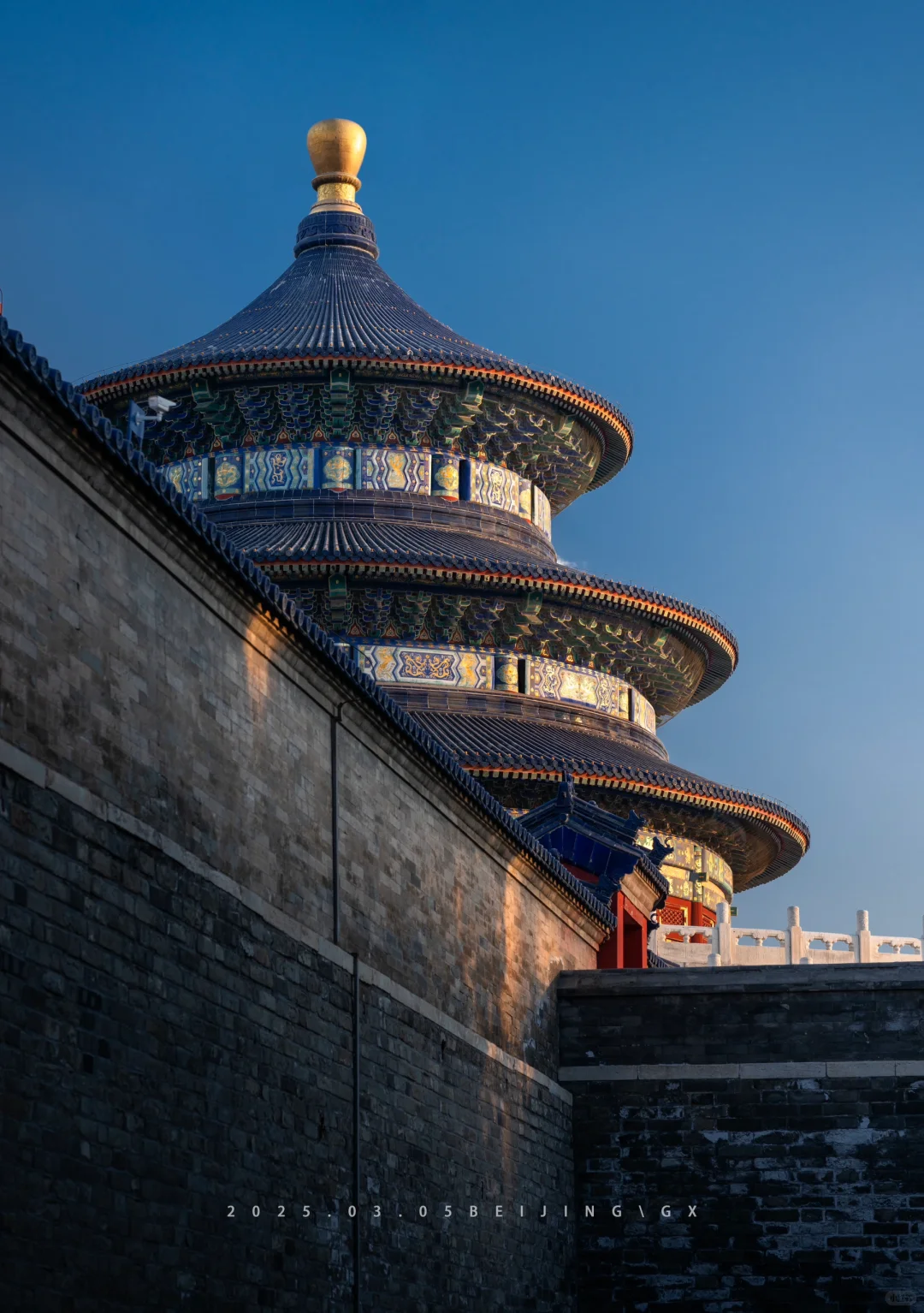
Heavenly Forum (天坛): A Majestic Start
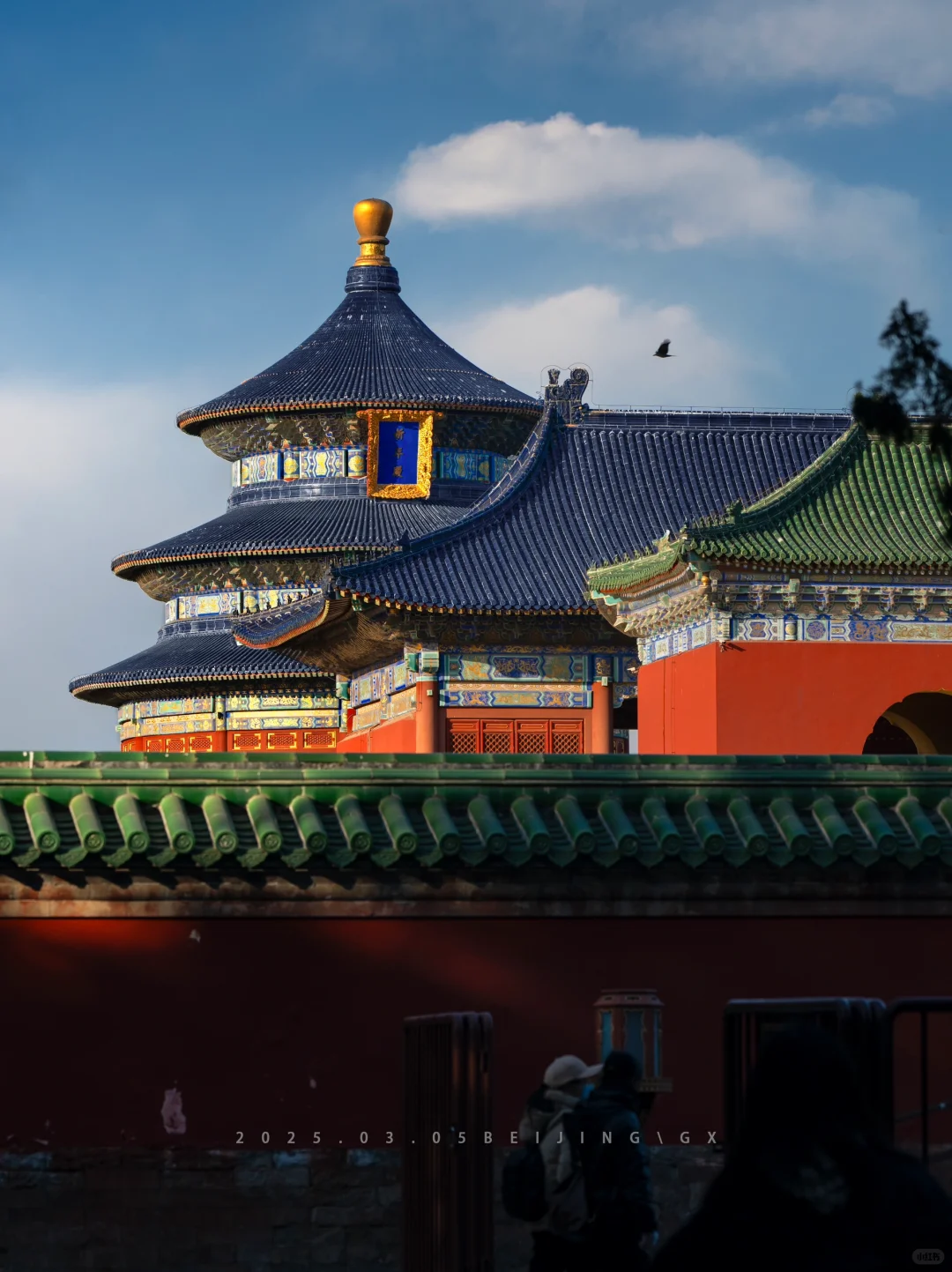
Mountain View Park (高山公园): Embracing Nature’s Simplicity

White Tower Temple (白塔寺): A Spiritual Retreat
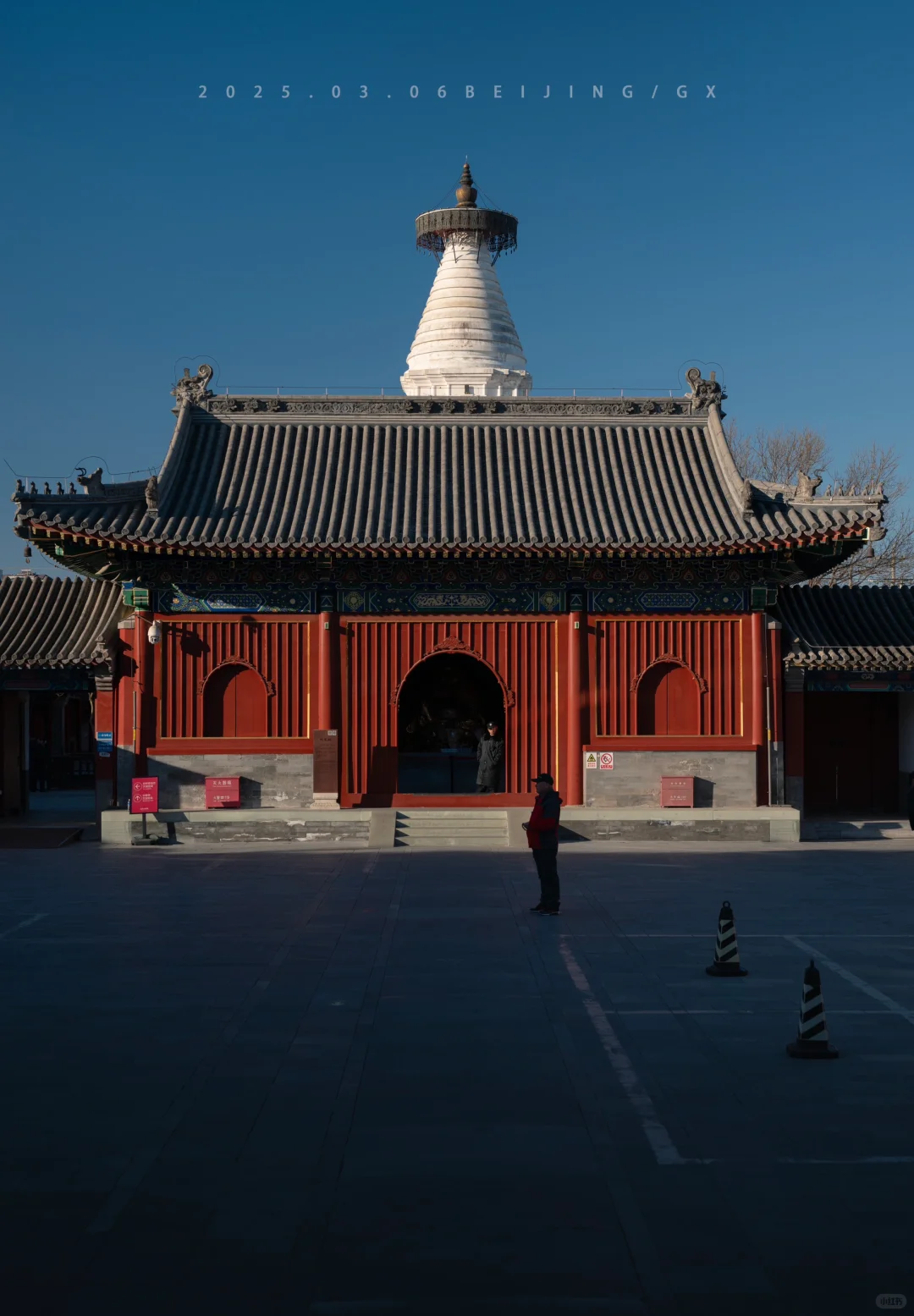
Museum of Ancient Architecture (古建博物馆): A Lesson in History and Craftsmanship
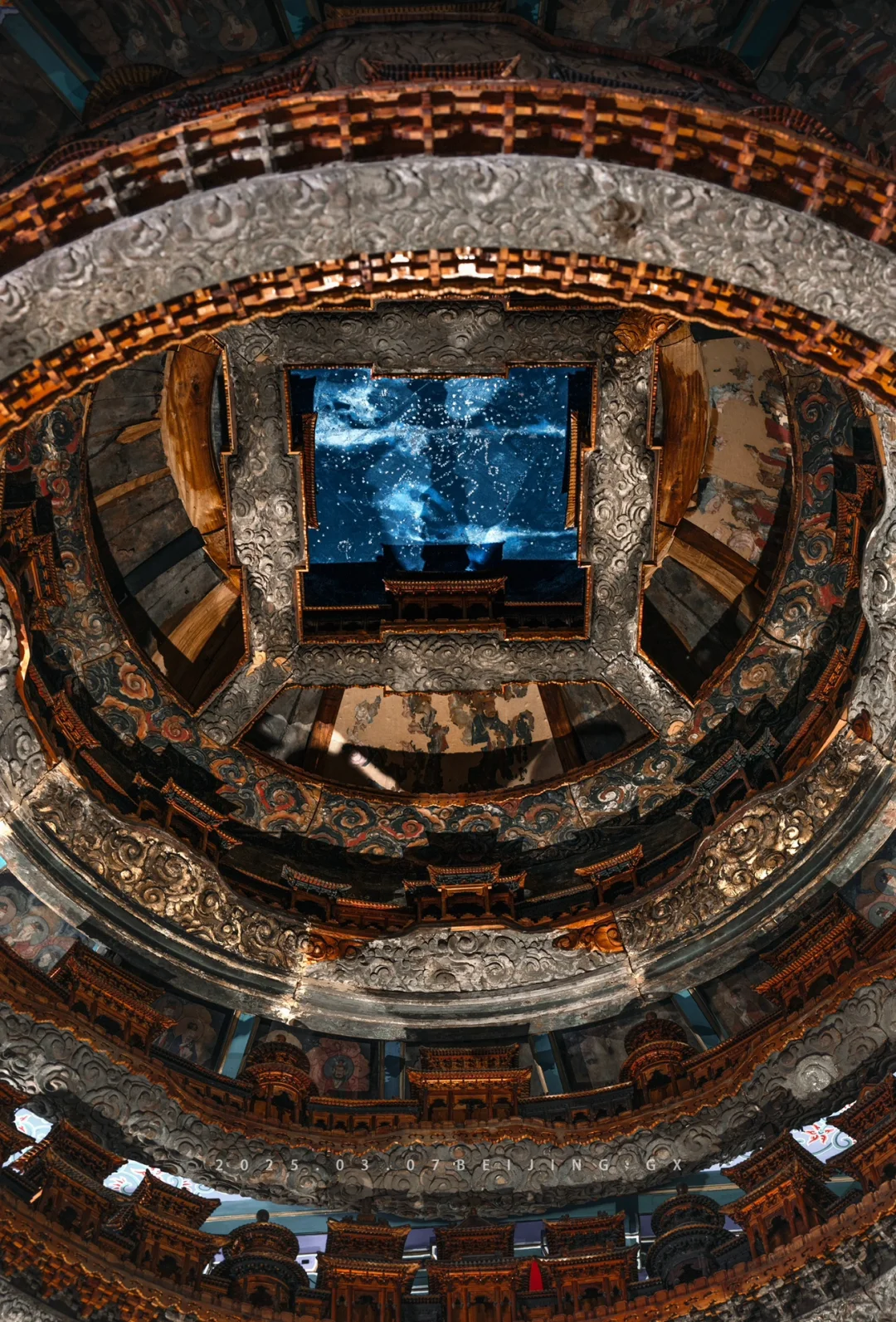
The Palace Beijing (故宫): The Jewel in the Crown
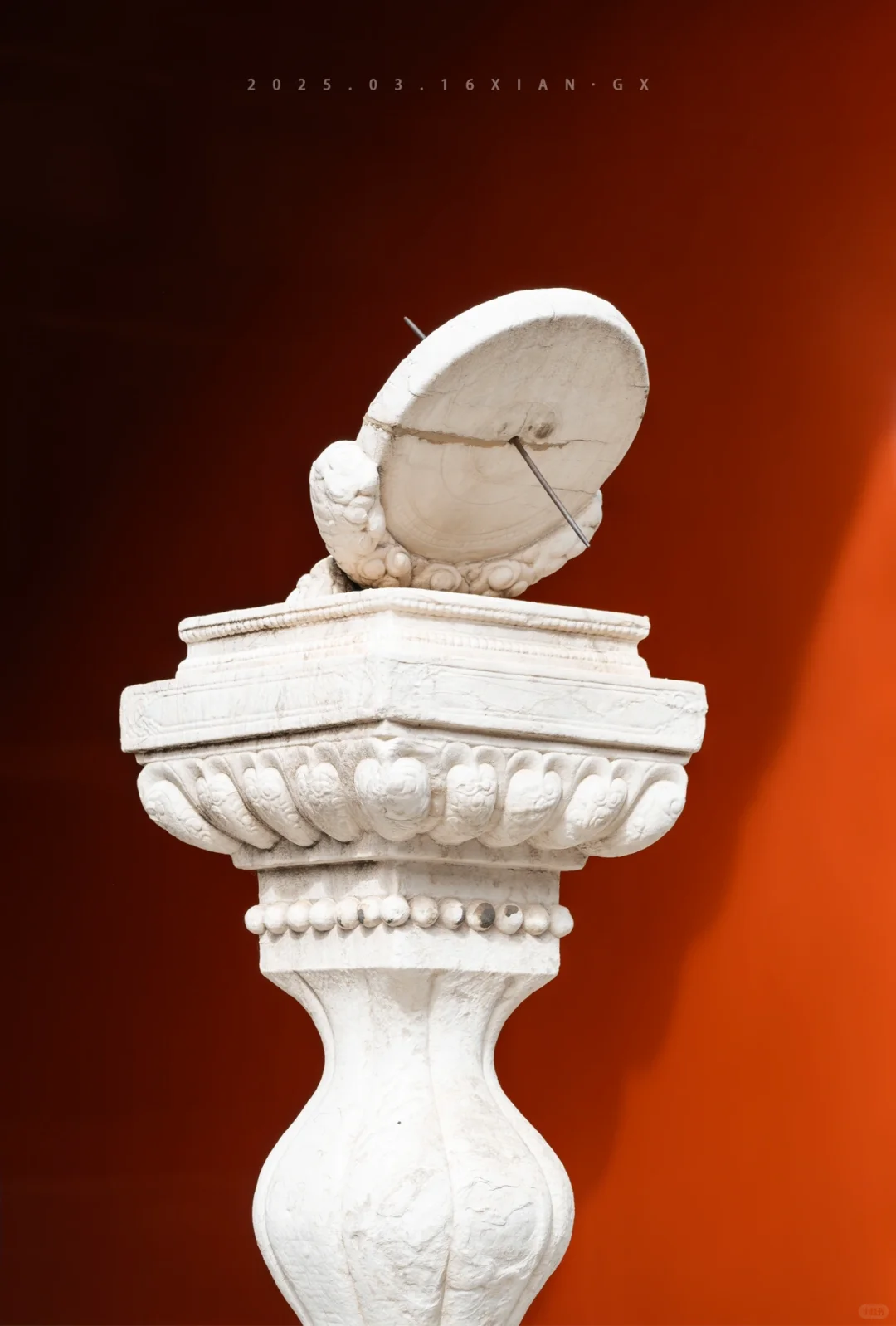
Reflecting on My Beijing Aesthetics Journey
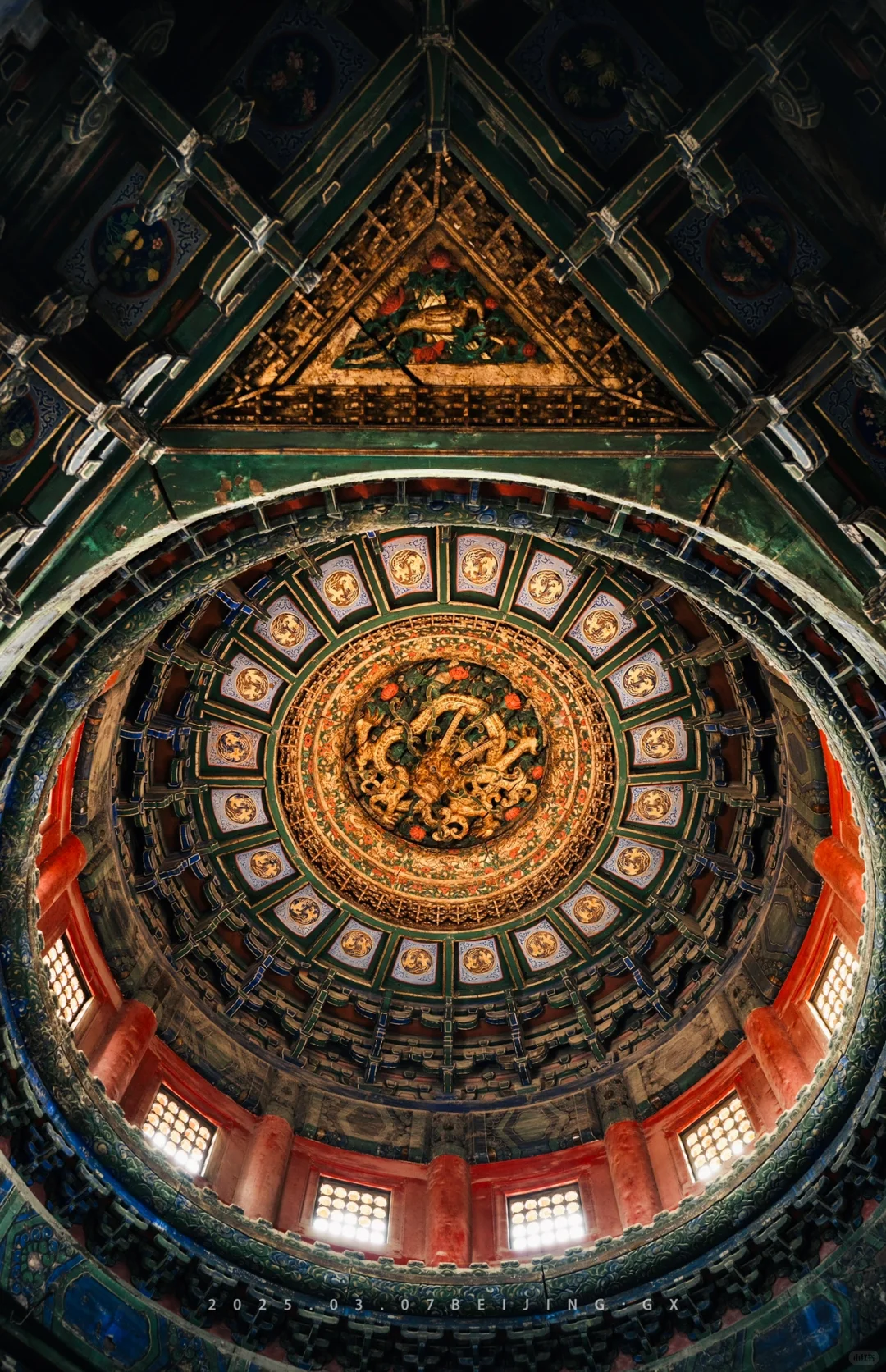
Frequently Asked Questions
A: Spring (April-May) and autumn (September-October) offer mild weather and clear skies, ideal for outdoor exploring.
A: It’s best to spread your visit over several days to fully appreciate each site without rush.
A: Yes, most sites including the Palace Beijing charge entrance fees; check official sites for current prices.
A: Focus on places that combine nature, art, and architecture like the Temple of Heaven and Mountain View Park.
A: Major tourist spots typically offer English information, but learning basic Chinese phrases enhances the experience.
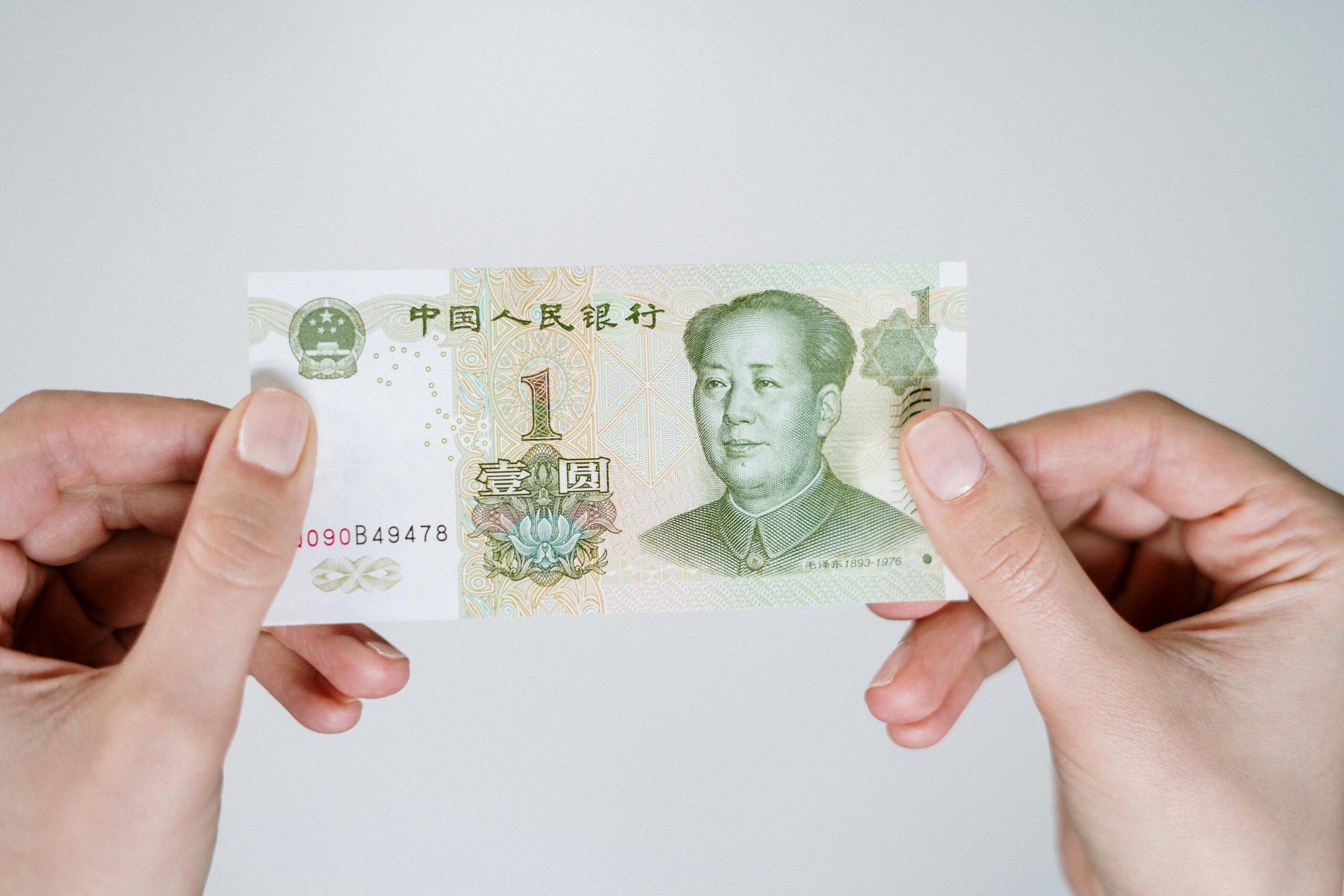
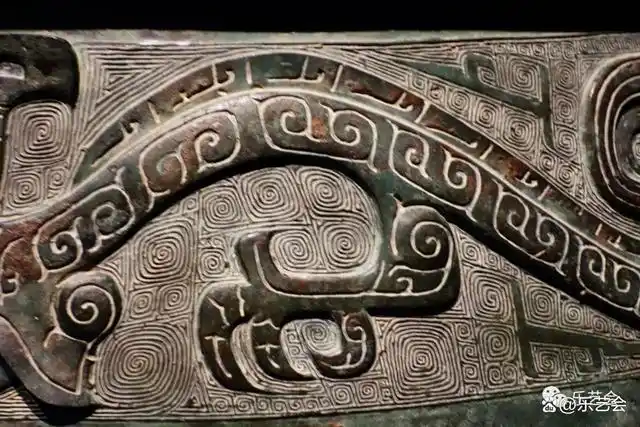
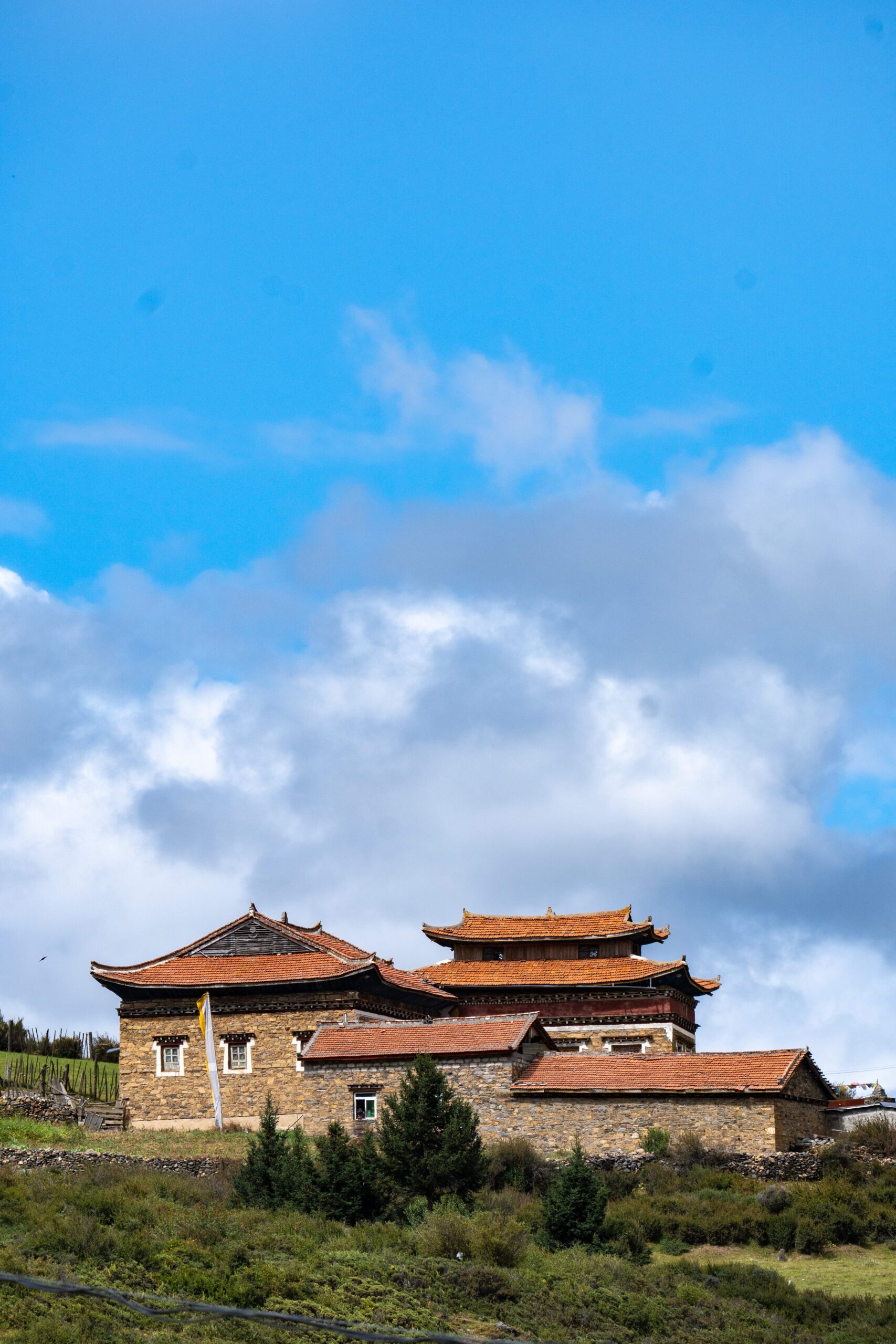
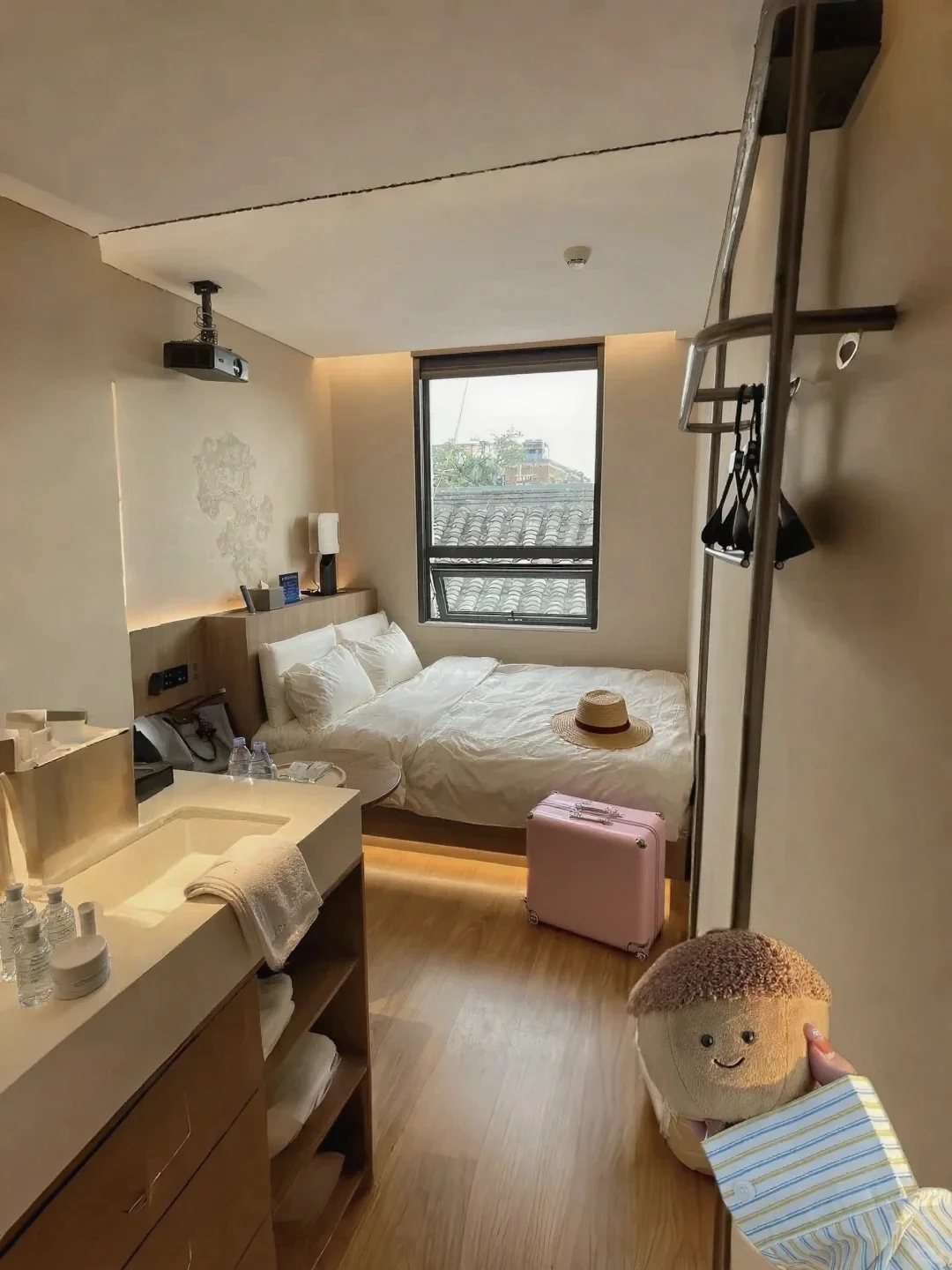
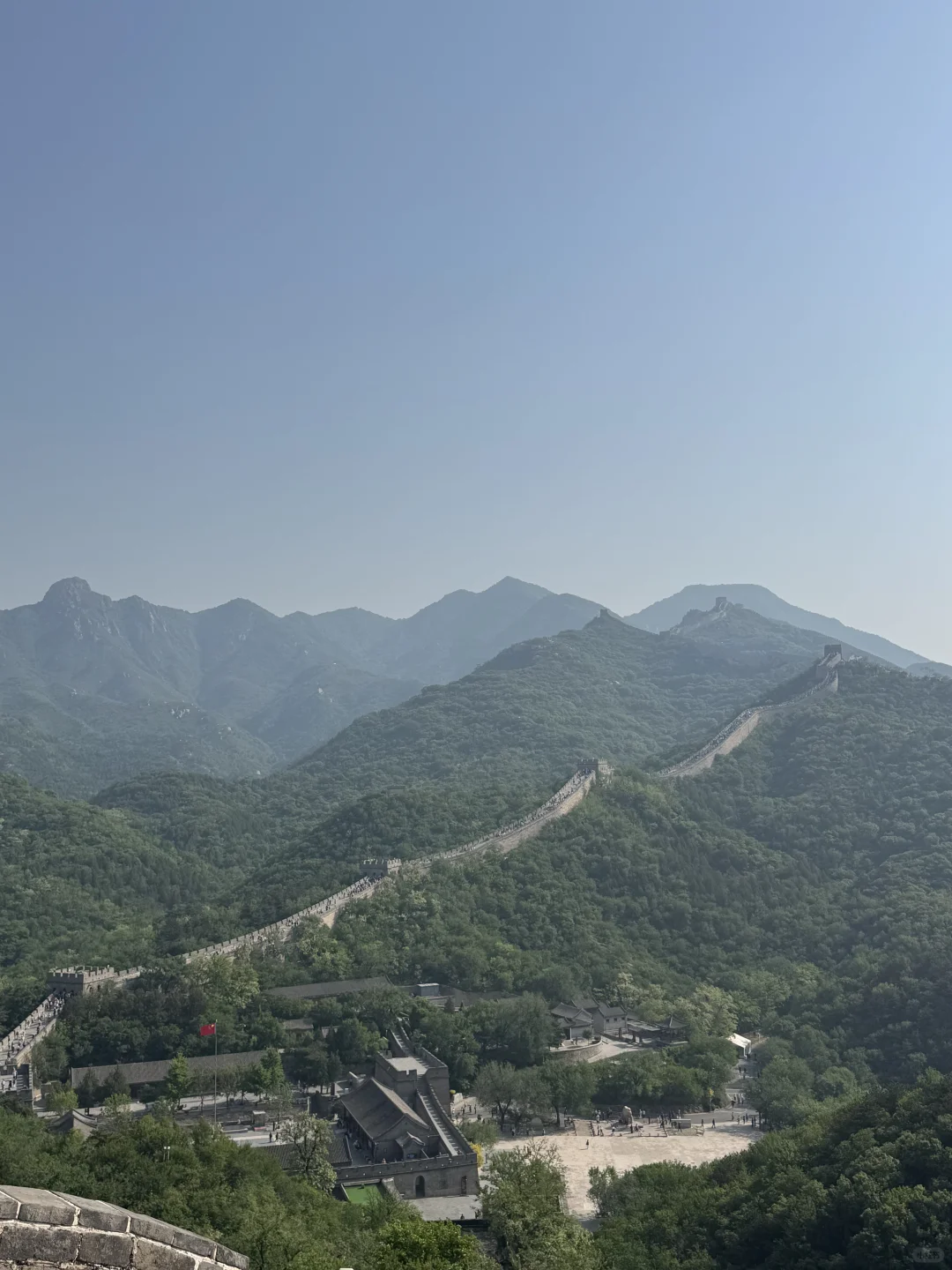
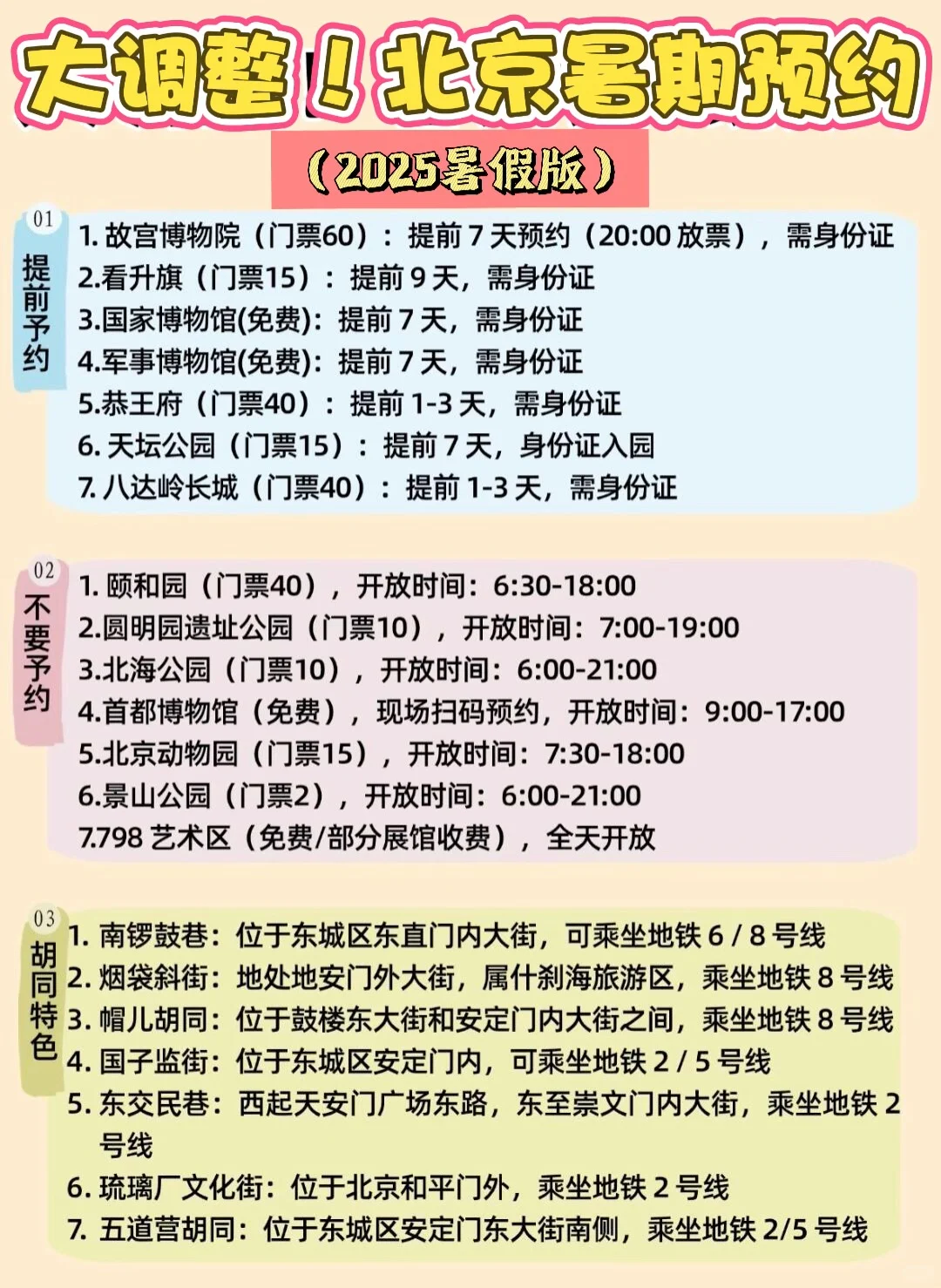
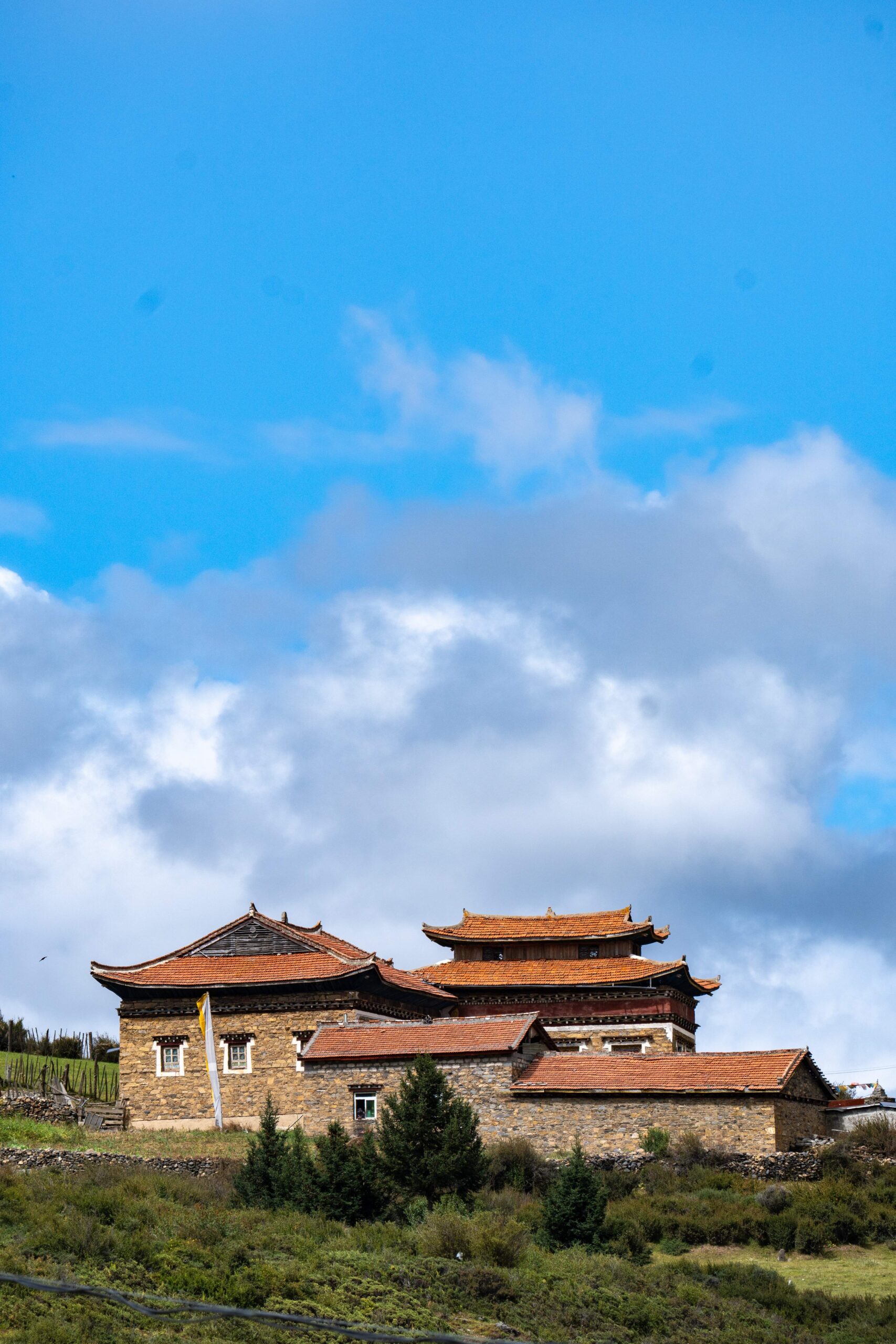
Explore the Real China.
Top Destination
Information